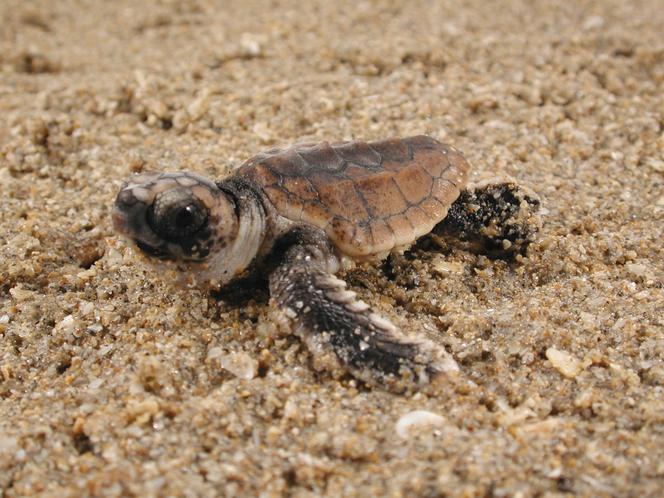


Nightclub fans, this is the column for you – as long as you watch the accompanying video. In these laboratory-filmed images, small loggerhead turtles, only one or two months old, whip the water with their swimming paddles, turning on themselves, head in the air, mouth open, as if caught in a frenzied movement. But there's no music on the recording made by the biology department at the University of North Carolina at Chapel Hill and no disco ball-style strobe lighting. This silent dance responds only to a magnetic signal. It's a signal that you and I couldn't possibly detect, but to which juvenile reptiles are sensitive and which they have learned to associate with food.
In nature, these movements have never been observed. They probably don't even exist. It has nothing to do with the famous bee dance, in which foragers code and transmit the coordinates of their food sources to each other. But in the laboratory, the message is crystal clear: "We're hungry." And valuable. Thanks to this dance, Kenneth Lohmann's laboratory has established that turtles can learn to recognize and memorize magnetic signatures, a new step in understanding the migrations of these iconic animals. These results were published on Wednesday, February 12, in the journal Nature.
You have 68.59% of this article left to read. The rest is for subscribers only.
